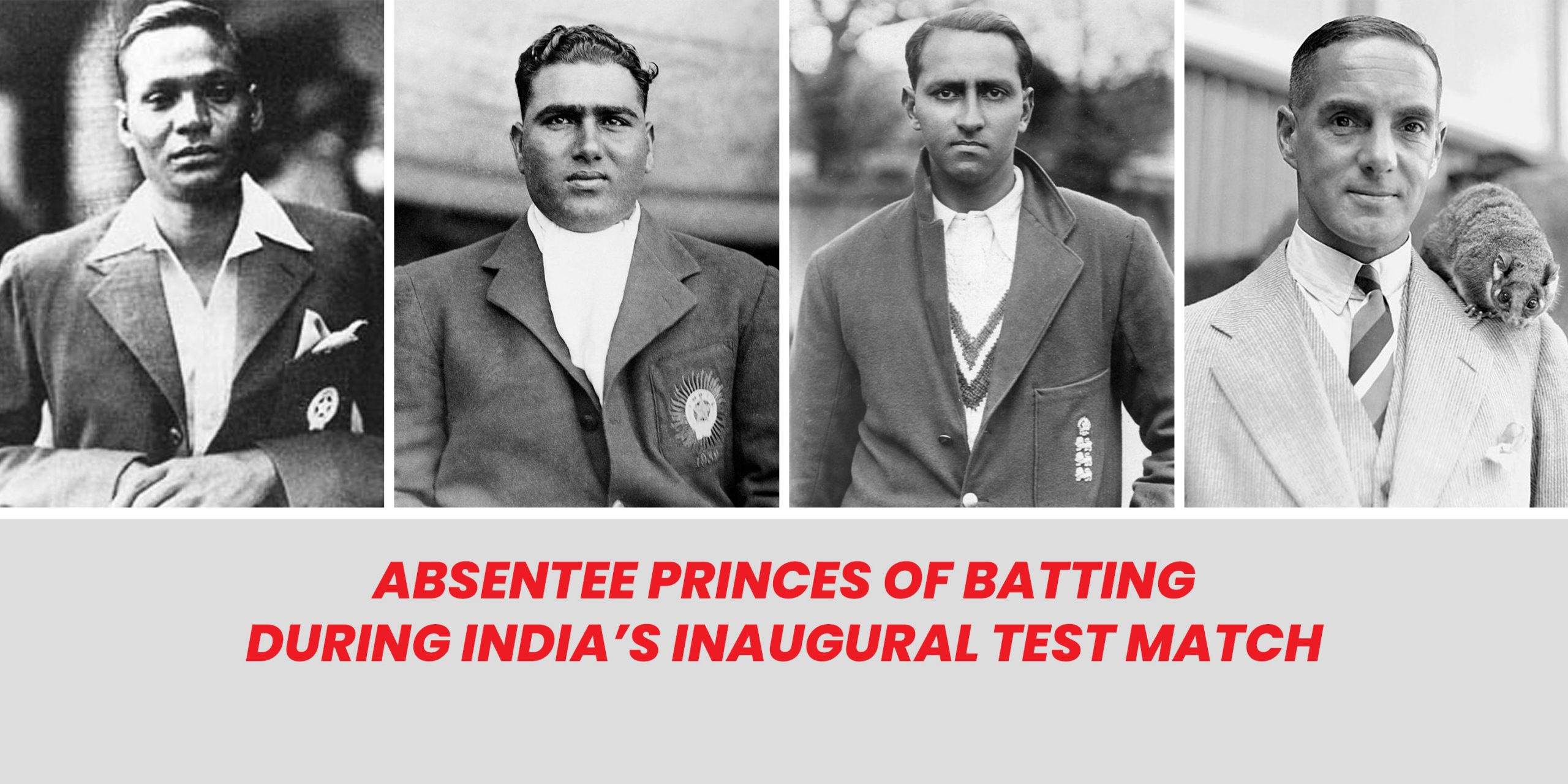The story of the first ever Test match played by India is oft-repeated. At least the tale of the first 20 minutes.
Under glorious sunshine, in front of 25,000 people, the first ever Test team comprising of home-grown non-White men, first ever Test team not led by a White man, walked out on to the hallowed turf of Lord’s.
They were not taken seriously. Most of the Englishmen had arrived in London late at night, having traveled from all over England after finishing important county matches. The expectation was to amble onto the field and knock the newcomers over.
They were in for a shock. At least for a while.
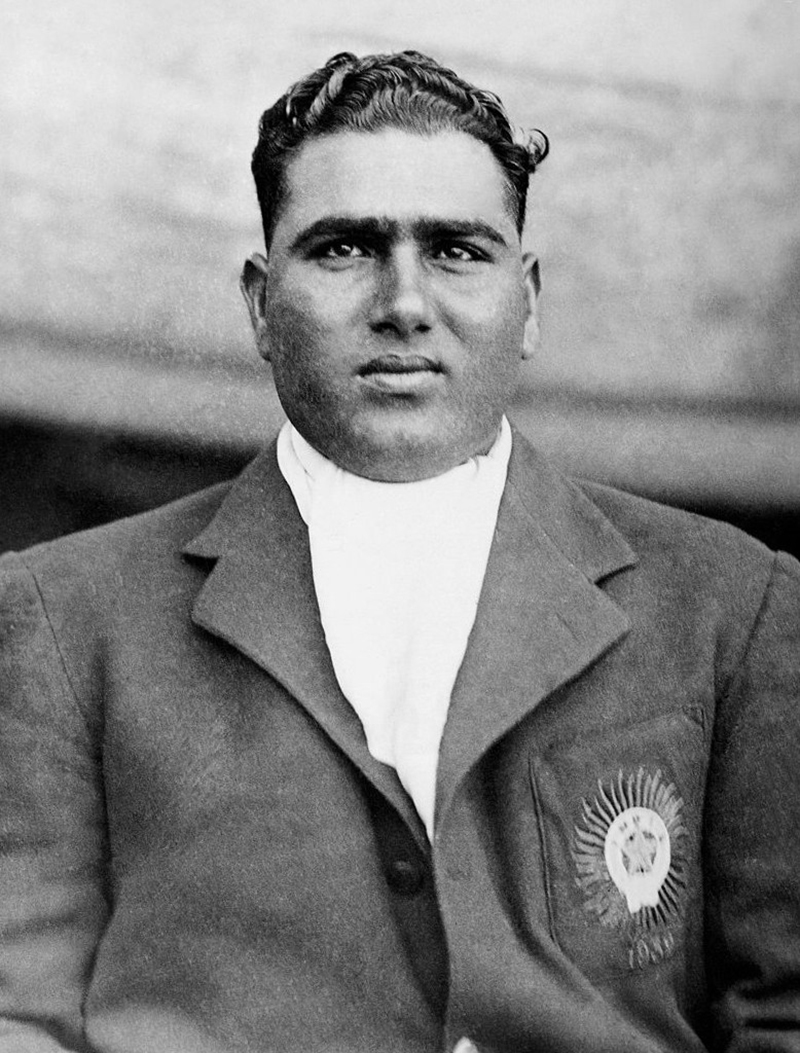 | 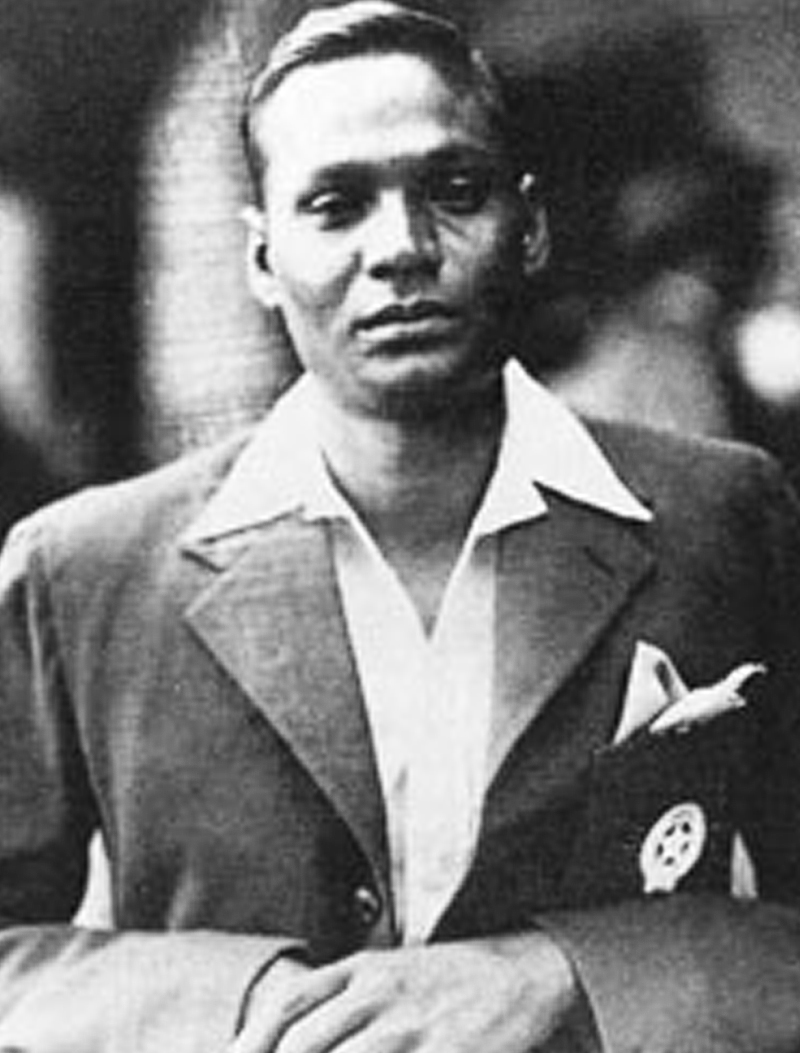 |
The fascinating pace bowling duo of Mohammad Nissar and Amar Singh used the unfamiliar quick wicket to excellent effect, coming off the pitch at surprising pace, often bowling with three slips and three short legs.
At 8, the great Herbert Sutcliffe played a vicious in swinging yorker from Nissar on to his leg stump.
Three runs later, the bowler brought one back at lightning pace to send the off stump of Percy Holmes flying in a spectacular cartwheel.
Next, the immensely experienced Frank Woolley, in at No 3, called for a second run after placing the ball wide of mid-on. The Kuala Lumpur born Lall Singh, perhaps the first ever cricketer to claim categorization as specialist fielder, swooped down and sent the return on a long hop to wicket-keeper Janardan Navle. The Kent stalwart was short by a yard.
The home team was tottering at 19 for three. A sensational first twenty minutes.
The fairy tale ended shortly after that, and with that was muffled the story of the rest of the Test. Not too many retelling of the subsequent surrender.
England recovered to 259 all out, quite a bit less than what they had bargained for, but considerably more than what looked like in the morning. At the end of their first day in Test cricket, Indians stood at 30 without loss. A remarkably strong scoreline against the formidable English side— by any standards a glorious entry into the Test arena.
But on the second afternoon, from a strong position of 110 for 2, the lack of experience and fragility of the batting were exposed. India folded to 189 all out. They did worse in the second innings. The loss was as per expectation, and the margin of 158 runs more than comprehensive.
The bowlers had done their bit. The batting was just not up to it.
It could have been very different.
Following the Civil Disobedience Movement, Mahatma Gandhi had been arrested in early January 1932. The Viceroy, Lord Willingdon, had outlawed the Congress party as well. In protest the Hindu Gymkhana had boycotted the 1932 tour. That meant Vijay Merchant had not traveled. That also meant that the other major batting stalwart LP Jai had not been available.
However, two of the best batsmen in the English summer of 1932 were very much available, and could have indeed played for India. They chose not to.
As far back as in the 1928-29 season, KS Duleepsinhji had been approached by the Indian Cricket Board with the request to play a greater role in the development of Indian cricket. This had included an offer to captain the 1932 side to England. He was fresh from scoring six hundreds for Sussex in the 1928 summer before spending the winter in India.
Following his uncle’s advice, however, Duleep declined. Playing for England would allow him much better cricketing opportunities, said the great KS Ranjitsinhji. Duleep made his debut for England in the 1929 summer.
By the time he had returned to India in the 1931-32 winter to spend time with an ailing Ranji, he had played 12 Tests for England, scoring 995 runs at 58.52 with three centuries. Co-opted into the Indian selection committee that season, it was Duleep who can be credited with discovering the exceptional fast bowling all-rounder Amar Singh.
That winter he also played for the Viceroy’s XII against Roshanara Club XII, hitting 173 in the second innings. In the same innings, another Indian batsman with royal trappings scored 91 and shared a 189-run stand with Duleep. He was Iftikhar Ali Khan, recently installed as the Nawab of the non-salute princely state of Pataudi.
Both these fantastic Indian batsmen were playing in England during the 1932 summer.
In fact, the opening first-class encounter of the visiting side was against Sussex. It was Duleep who led the county against his countrymen.
The match immediately before the Test match at Lord’s was against Worcestershire at the beautiful New Road Ground. It ended in a close three-wicket win for India by virtue of an 11-wicket haul by Amar Singh. Pataudi batted at No 3 for the county side, scoring 83 in the first innings.
The day after the Test match ended, Pataudi hit 112 for Worcestershire against Cambridge University. Two days later Duleep completed an innings of 111 for Sussex against Lancashire.
Halfway through the next month, the major fixture of the season was contested at Lord’s—Gentlemen vs Players. Duleep batted at No 3 for the Gentlemen and scored 132, Pataudi came in at No 4 and hit 165, the two added 161.
The visiting Indians must have wondered what might have been if their batting had been bolstered by these two impeccable batsmen.
Both Duleep and Pataudi played in the Test trials, held in order to select the team for the forthcoming Ashes tour of 1932-33. Pataudi opened the innings and failed, but Duleep came in one drop and hit 92 not out when rain came pouring down at Cardiff ending the match for good.
Duleep scored 1633 runs that season at 52.67 with five hundreds. Pataudi played just 10 matches, but managed 746 runs at 46.62 with two centuries. Pataudi was also named as one of the Wisden Cricketers of the Year.
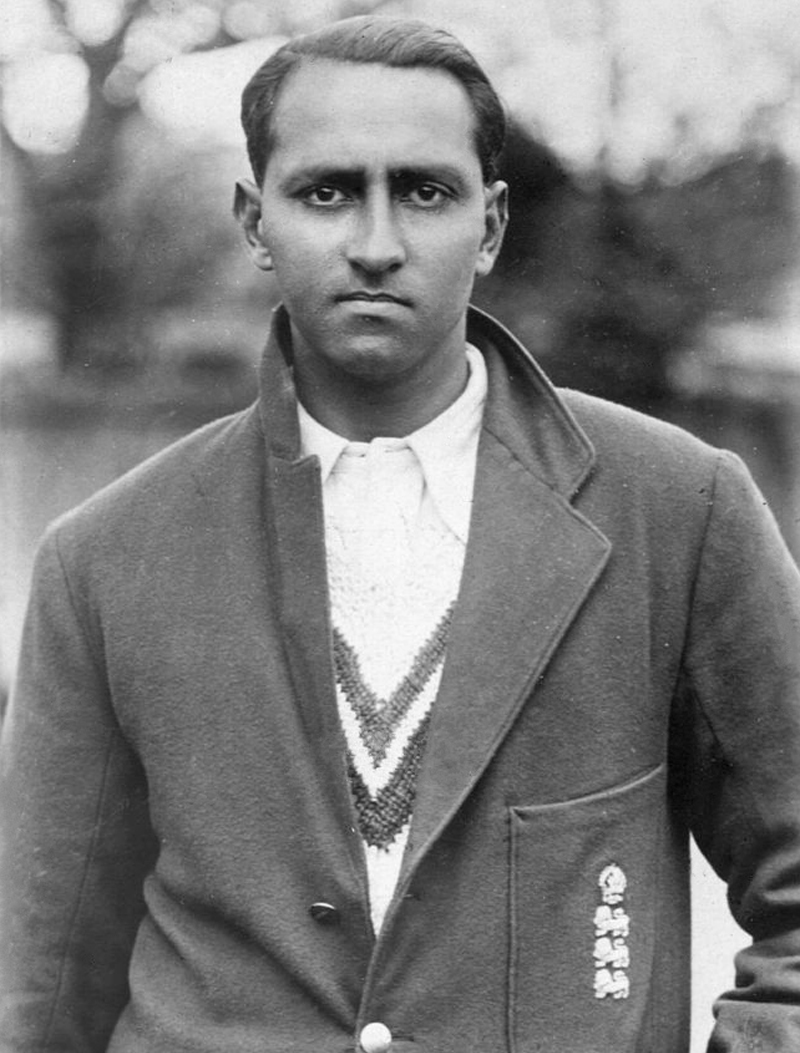 | 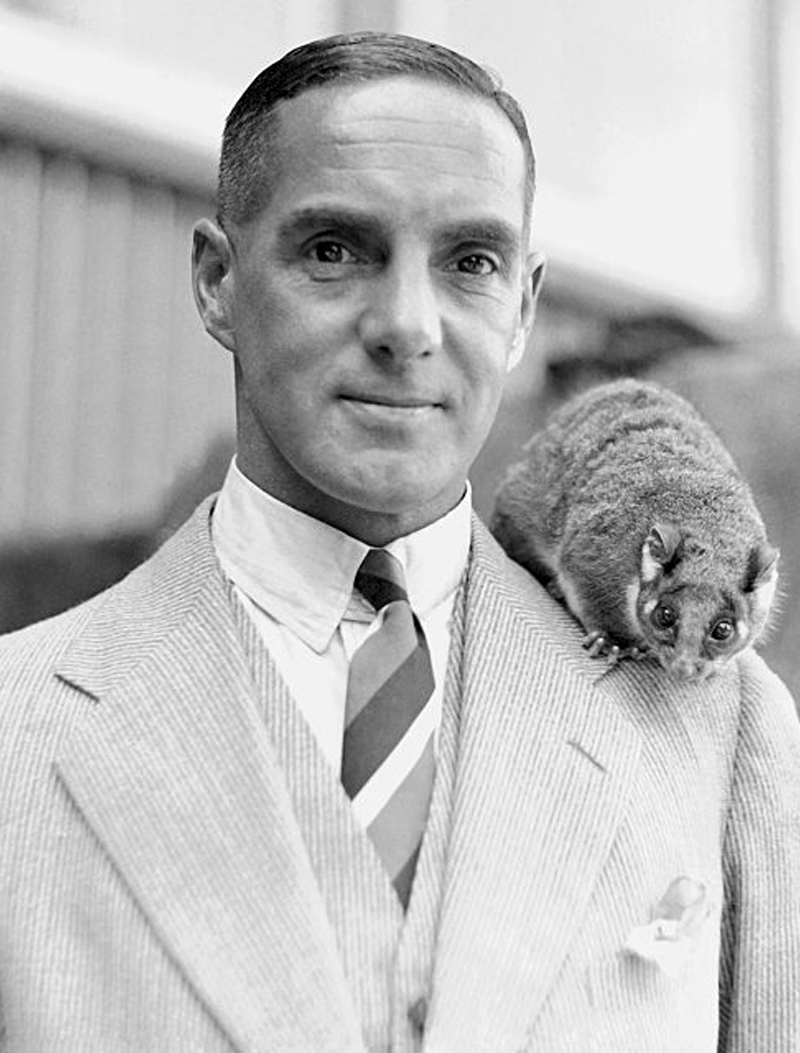 |
Duleep, alongside Sutcliffe, Wally Hammond, Les Ames, George Duckworth, and captain Douglas Jardine, was among the first players to be selected for the tour of Australia. And then tragedy struck. His health failed, and a recurrence of the symptoms of pulmonary tuberculosis virtually ended his career. He did not make it to the tour.
Pataudi did. He scored 102 on debut at Sydney and famously refused to field in the leg-trap during the Bodyline attack.
They had been two of the best batsmen in England during that 1932 summer.
And the Indians, having left Merchant and Jai back at home, stumbled in their inaugural Test due to weak batting.
Not that they did not contribute to the cause of Indian cricket. After discovering Amar Singh in 1931-32, Duleep later spotted and backed a talented left-arm spinning all-rounder. His name was Vinoo Mankad. He also played the role of a selector, until the usual shady politics surrounding Indian cricket made him fall out with the Board after 1946.
When India toured England in 1946 after the Second World War, it was Pataudi who led them. By then he was past his prime as a batsman, but he did his bit for the country.
But what if they had decided to play for India in the summer of 1932, when they were two of the best batsmen in England?
One of those ‘what if’s’ of cricket which can never be answered, but can be endlessly pondered.
